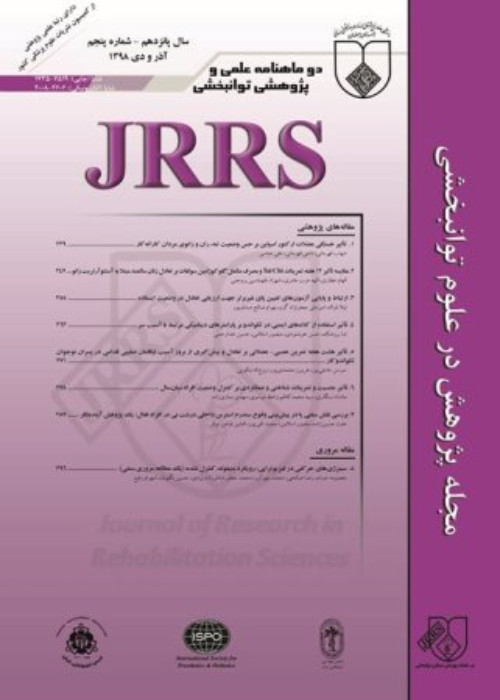Effect of Acoustic Stimulation and Bone Conducted Ultrasound on Tinnitus Inhibition
Tinnitus is a condition where a person perceives a sound without any external source. It is a psychological-auditory phenomenon that affects around 10 to 15% of adults. Due to the complexity of tinnitus and its origins, there are various assumptions and difficulties in treating it. Some treatments include sound stimulation and ultrasonic therapy. This study was conducted to compare the effects of sound stimulation and bone-conducted ultrasound (BCU) stimulation in controlling tinnitus..
For this study, 21 patients with persistent tinnitus were selected using convenience sampling method. These patients did not have a curable cause for their tinnitus and did not have conductive hearing loss or retrocochlear lesions. Radiological evaluations were conducted before and after sound and BCU stimulation. These evaluations included audiometry, tympanometry, stapes muscle reflex test, stapes muscle reflex decay test, auditory brainstem responses, and psychoacoustic tinnitus indicators. The psychoacoustic indicators measured included pitch, loudness, maskability, comparison of loudness of tinnitus, and duration of residual inhibition.
The average loudness of tinnitus, measured in dB Sensation level (dBSL), did not significantly decrease (P = 0.080) after receiving sound and BCU stimulation. The mean loudness of tinnitus, as determined by standard-visual criteria, also did not significantly decrease (P = 0.200) after sound and BCU stimulation. However, there was a significant increase in the duration of residual inhibition (RI) after BCU compared to sound stimulation (P = 0.001). The study also found that the maskability of tinnitus and the type of RI did not depend on the type of stimulation used, with a Kappa coefficient of agreement of 0.69.
BCU stimulation of the inner ear may inhibit tinnitus by targeting the basal part of the cochlea, where tinnitus is most likely to occur. BCU stimulation leads to longer inhibition in tinnitus compared to sound stimulation.
- حق عضویت دریافتی صرف حمایت از نشریات عضو و نگهداری، تکمیل و توسعه مگیران میشود.
- پرداخت حق اشتراک و دانلود مقالات اجازه بازنشر آن در سایر رسانههای چاپی و دیجیتال را به کاربر نمیدهد.


